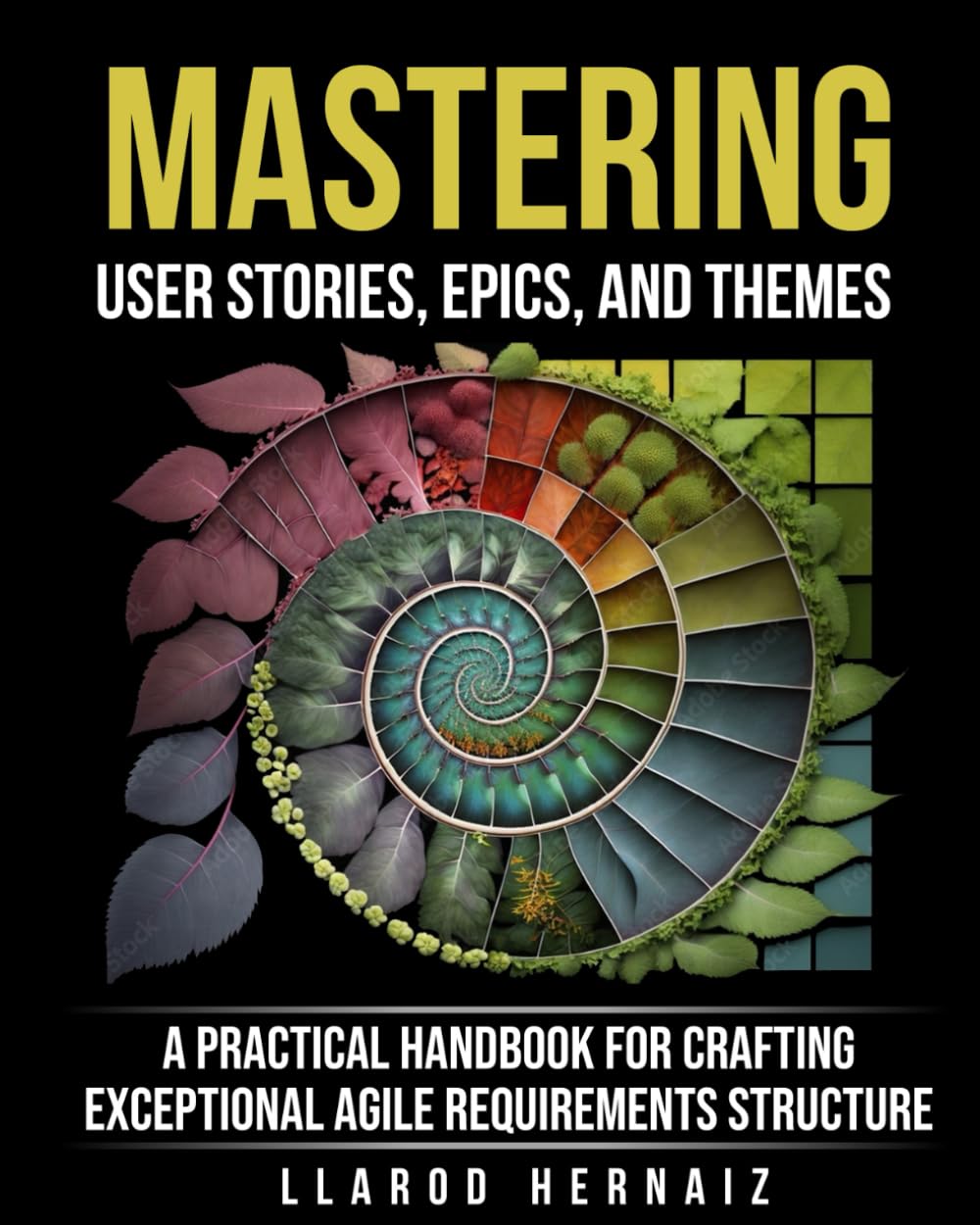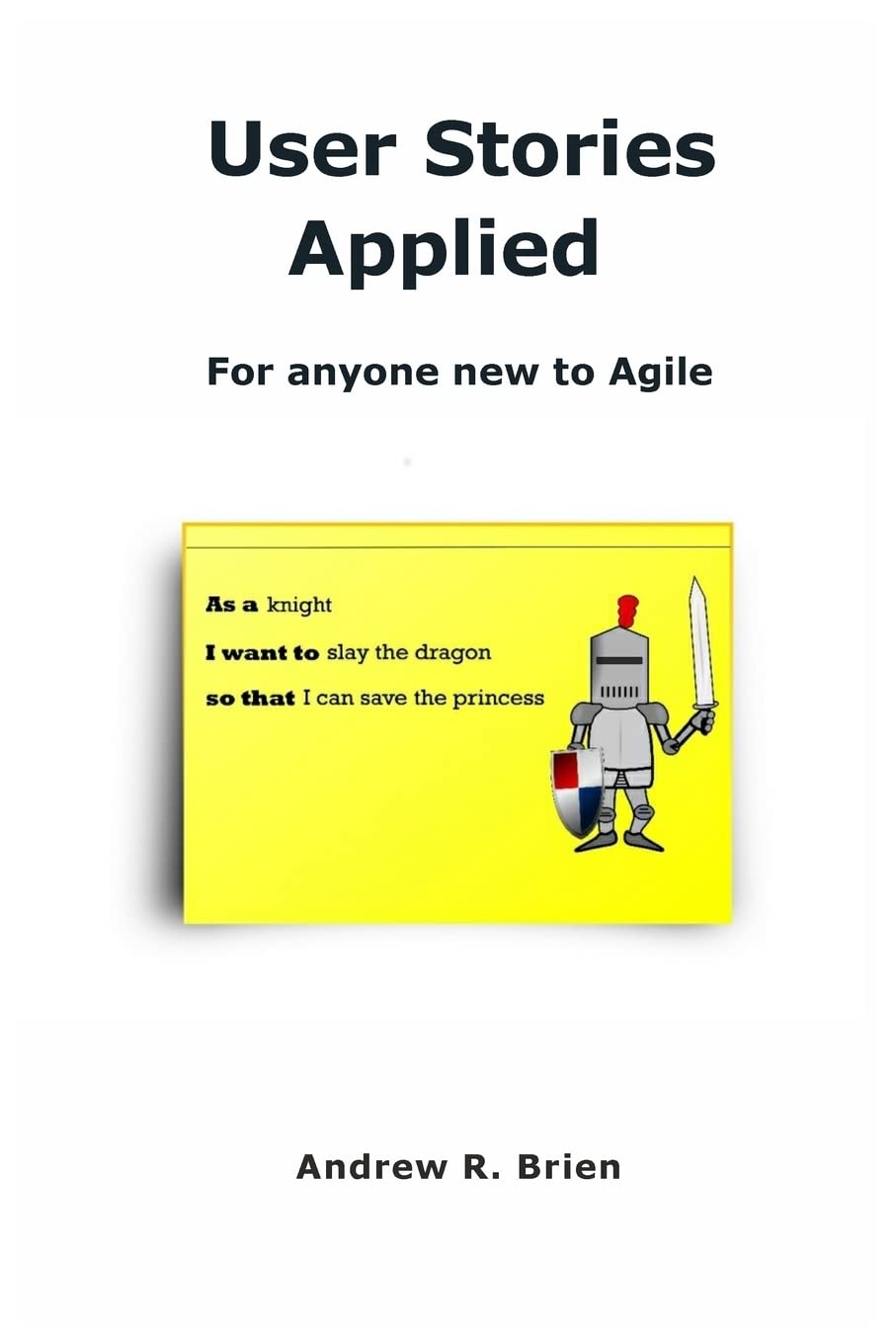
User Story
What is a User Story?
A user story is a brief, simple description of a software feature or functionality told from the end user’s perspective. It explains what the user wants to achieve and why, often following the format: “As a [type of user], I want [an action] so that [a benefit or value].” This format helps development teams understand user needs without diving into detailed specifications too early. In collaboration with stakeholders, product owners, business analysts, or team members usually write user stories, which are central to agile project management. They guide the planning and development process by focusing on user outcomes rather than technical tasks.
Key Points
- It captures a feature’s who, what, and why in a concise format.
- They are part of the product backlog in agile frameworks like Scrum or Kanban.
- Each story should deliver value to the end user and be independent, negotiable, valuable, estimable, small, and testable (INVEST criteria).
- It encourages collaboration among team members and stakeholders.
- Teams often break them down into smaller tasks during sprint planning or backlog refinement.
Related Terms
- A product backlog is where user stories are prioritized and managed throughout the development cycle.
- A sprint is a time-boxed development cycle in which the team completes selected user stories.
- Acceptance criteria define the conditions under which a user story is considered complete and working as intended.
- A product owner writes and refines user stories to reflect stakeholder needs.
- The team use story points to estimate the effort required to complete a user story.
User Story: Example
“As a frequent online shopper, I want to save my credit card information securely so that I can check out faster next time.” This example highlights a user goal, identifies the user type, and states the reason behind the feature request. It guides developers to focus on user convenience and security.
User Story: Best Practices
- Keep the description clear and focused on the user’s perspective.
- Collaborate with users and stakeholders to gather accurate needs.
- Avoid technical jargon to maintain clarity and accessibility.
- Use acceptance criteria to set clear expectations for completion.
- Continuously review and update stories to reflect changing priorities or insights.
Additional Resources
Preparing for a PMI certification?
- Exam Prep Courses: PMP®, CAPM®, and PMI-ACP®
- Exam Simulators: PMP®, CAPM®, PMI-ACP®, PMI-PBA®, PMI-RMP®, PMI-SP®, PgMP®, and PfMP®
- Professional Development Units (PDUs): 15, 30, and 60 PDU Bundles




